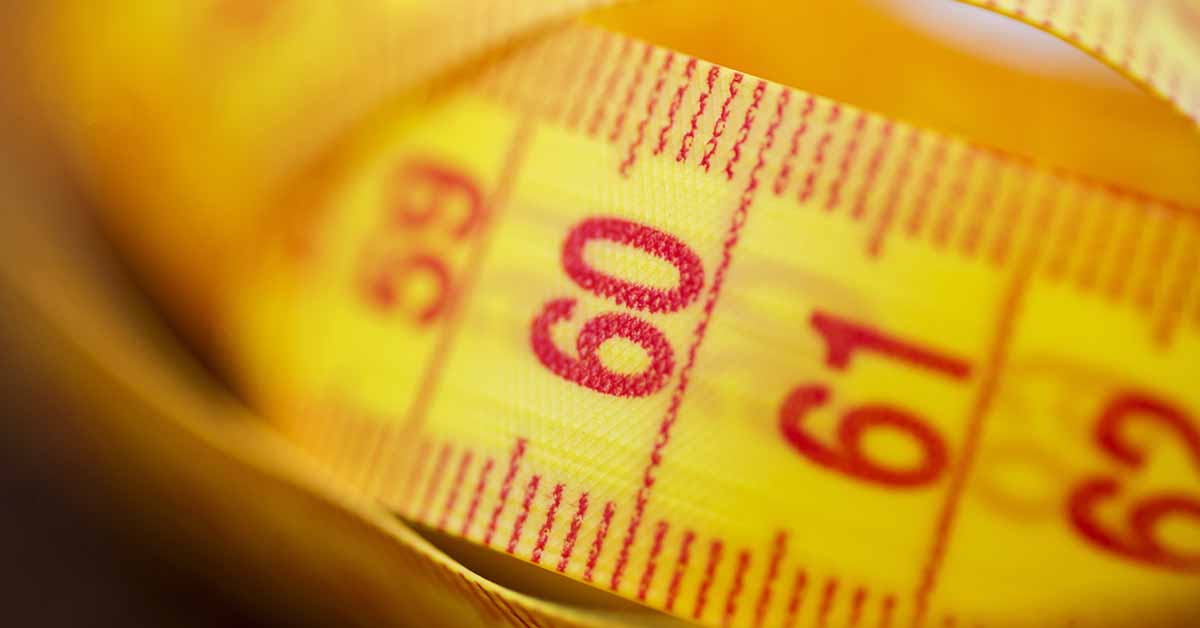
By some estimates, about 13% of a company’s revenue can be tied up in excess working capital. Freeing up this capital can make more cash available for needed investments or to reduce debt.
Your company’s financial data can give you valuable insights into how efficiently you operate. Three areas to measure are: how long is inventory on hand before being sold, how long does it take to receive money from customers and how long does it take you to pay vendors? The standard key performance indicators (KPIs) are:
Days Sales Outstanding (DSO) — Average collection period for outstanding receivables. A low DSO means it takes your company fewer days to collect, and a high DSO means you are selling to customers on credit and taking longer to collect.
Days in Inventory (DII) — Average number of days inventory is held before sale. A low DII means you have less cash tied up in inventory. If you are a services company, inventory may not be important. Instead, you can use a measure of how long it takes to complete services (for example, the average Order to Delivery days)
Days Payable Outstanding (DPO) — Average number of days it takes to pay suppliers. A larger DPO can indicate your company’s ability to delay payments and conserve cash.
Calculating and tracking these indicators sounds like a good idea, but can be a lot of work. Business intelligence makes it easy to see the indicators on an ongoing basis and allows you to quickly identify trends and the causes of issues. For example, you can compare the trends of all indicators for a given time period. And show the percent difference with the same period in the previous year.
Business Intelligence can also help you see the details behind the calculation of indicators. For example, Days In Inventory can be estimated from the general ledger using the cost of goods in inventory and the cost of goods sold.
Days In Inventory = (Inventory/Cost of Goods Sold) * Days in Time Period
Pivot tables can show how this is calculated and each of general ledger accounts that contribute to Inventory or Cost of Goods Sold.
All these indicators come together in the Cash Conversion Cycle (CCC). CCC indicates how long it takes your business to turn resource inputs into cash.
Cash Conversion Cycle = Days In Inventory + Days Sales Outstanding – Days Payable Outstanding
For example, let’s say that your business is able to sell its products quickly so that your Days In Inventory is seven days. And when you sell a product, you require your customers to pay you in ten days. Also, you are able to purchase the resources needed to produce your products from suppliers with payment due in thirty days.
Cash Conversion Cycle = 7 + 10 – 30 = –13
This is good as you have thirteen days to use cash before it is due to your supplier. You could use this to invest in additional capital or to earn interest. If your suppliers offer discounts, you could also take advantage of these savings with early payments.
Contact
xTuple
A CAI Software Company
24 Albion Rd, Suite 230
Lincoln, RI 02865
+1-757-461-3022
About
"xTuple" (verb) — to grow; to increase exponentially. Our mission is to help manufacturing and inventory-centric companies use management software and best practices to grow their business profitably.